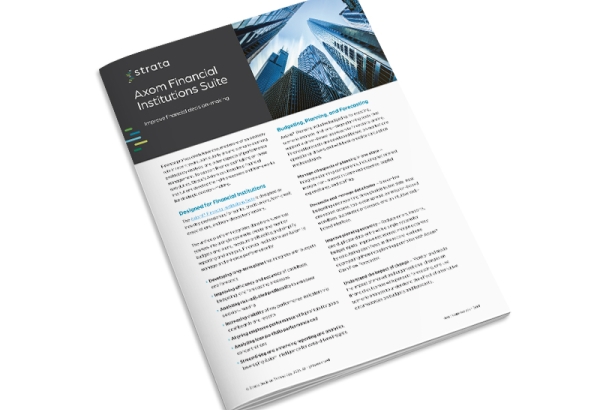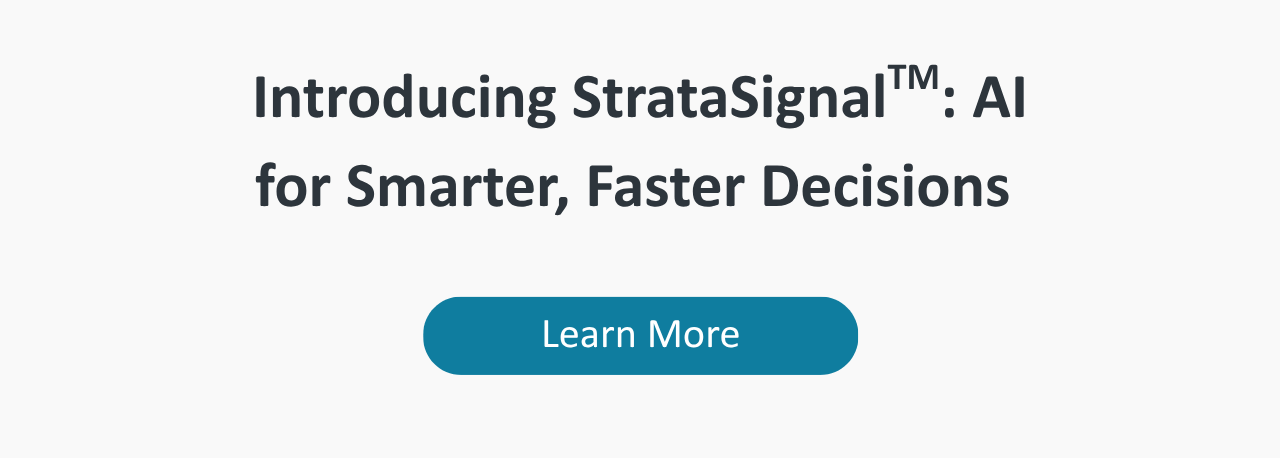As we approach the pandemic’s third year, the nation’s banks, credit unions, and other financial services institutions remain surprisingly upbeat.
Overall financial performance eclipsed projections for the second year in a row, according to Syntellis’ 2022 CFO Outlook for Financial Institutions. Three-quarters of respondents reported their institution met or exceeded their original 2020 profitability goals, and 92% expect to meet or exceed 2021 goals, which the pandemic may have tempered.
Our survey of 174 finance professionals at U.S. banks, credit unions, and other financial services companies showed only 30% of institutions expect increased mortgage defaults as eviction moratoriums end, and two-thirds of those expect only a 1%-2% increase in default rates.
To sustain this forward momentum and grow, financial institutions must learn from the pandemic and find greater agility across departments and the institution as a whole. Institutions can find agility by:
- Offering flexible workforce policies and expectations
- Looking for new income sources
- Finding new liquidity sources beyond deposits
- Increasing the timeliness of insights
- Improving analytics/data visibility
- Becoming more nimble with projections
The CFO Outlook report shows how the nation’s financial institution professionals think about these important issues.
Flexible Workforce Policies and Expectations
Every industry had to adapt to the unique working conditions that COVID-19 presented, and financial institutions were not immune to this trend.
Within the last two years, 82% of respondents said their institutions updated their workforce policies and compensation offerings; 65% indicated employees had more flexibility to work remotely.
Also, 36% of institutions moved staff to different job functions to meet institutional needs. Many workers likely shifted to mortgage operations, which surged over the previous two years.
Look for new income sources
Mortgage lending provided the greatest source of profitability growth in 2021 at 56% of institutions, followed by loan fees from the Paycheck Protection Program (45%). Two-thirds of survey respondents saw growth in non-interest income, such as increased use of credit cards and contactless payments due to social distancing.
Understanding the factors that drive profitability is critical. Still, just half of banks and credit unions use funds transfer pricing in any form, and just half of those respondents use the industry best-practice instrument level, matched-term approach to optimize the accuracy of their analyses.
Just 49% of institutions monitor product profitability, which means many institutions cannot fully explore profitability opportunities. The survey shows a further disconnect between the profitability dimensions institutional leaders believe they should monitor and those they actually monitor. Seven in 10 respondents believe relationship profitability is important, but only 40% monitor it. Similarly, 76% believe that customer/member profitability is important, but just 44% monitor it. Just over half believe in the importance of channel monitoring, but only 25% monitor.
Overall, financial institutions monitored more profitability dimensions in 2021 than in 2020 to support leaders’ increasing interest in measuring and understanding value drivers.
Explore Liquidity Sources to Replace Surge in Deposits
Financial institutions have seen significant deposit growth as unexpected stimulus monies and economic uncertainties drove many individuals and families to spend less and save more. This trend isn’t likely to continue in a post-pandemic era, and signs already show a significant rebound in consumer spending — despite inflation pressures.
Finance leaders should anticipate growth in other areas — such as alternative investment products — and ensure they have both the capabilities to model that growth and adequate liquidity when deposits wane.
Increase the Timeliness of Insights
Timely decisions start with timely data. Many financial institutions want to refresh data daily, but not all data is optimally structured for a daily refresh. Understanding your reporting systems and data storage structure can help determine the ideal data refresh frequency.
Daily imports from the general ledger (GL) should include summary and transaction data, and daily GL-based reports should include Daily Balance Change. Four in 10 Syntellis survey respondents cited reporting challenges creating data-based dashboards and visualizations. However, 45% said their institutions had implemented a data analytics/dashboarding tool, which can be used to gain insights quickly. The best software offers standard visualizations and the ability to customize, and allows for easy drill-through to underlying data to answer “why” questions.
Improve Analytics and Data Visibility
Pulling data from disparate sources into a single report is the biggest reporting challenge for 62% of respondents. A common reporting platform is critical for performing analysis and creating dashboards and other data visualizations. Despite the 45% cited above that implemented a data analytics/dashboarding tool in the last year, 59% of respondents reported their visualization solutions were insufficient. However, only 21% said their institutions planned to acquire a new solution in the next 18 months.
Institutions are also looking to predictive analytics solutions to increase decision-making quality, with 42% of respondents planning to leverage such tools in the next 18 months.
Leverage Scenario Modeling
The global pandemic caught most institutions flat-footed, underscoring the need for flexibility in planning as economic and societal conditions change. Scenario modeling helps institutions understand those potential impacts, and creating scenarios lets leaders gauge positive and negative impacts in various degrees to plot a confident, data-driven path forward.
The use of scenario modeling increased 39% among banks and credit unions in the last year. UW Credit Union used scenario modeling to evaluate expanding its mortgage business.
“Analysis of many ‘what-if’ scenarios led us to shift our business strategy and put as many resources as possible — including excess branch staff — toward our first mortgage business,” says Glen Spaeth, VP and Controller at UW Credit Union. “We eventually reforecasted the entire budget for the second half of the year because we saw that we could make up for a lot of our losses through the mortgage origination arm of our business.”
Banks, credit unions, and other financial services institutions have successfully weathered the pandemic storm and express optimism about 2022. Success requires careful planning and the right tools. Syntellis’ Axiom Financial Institutions Suite provides integrated financial planning software to efficiently and accurately budget, model scenarios, transform data into insights, and drive profitability.
You also might be interested in...

Axiom Financial Institutions Suite Solution Brief



